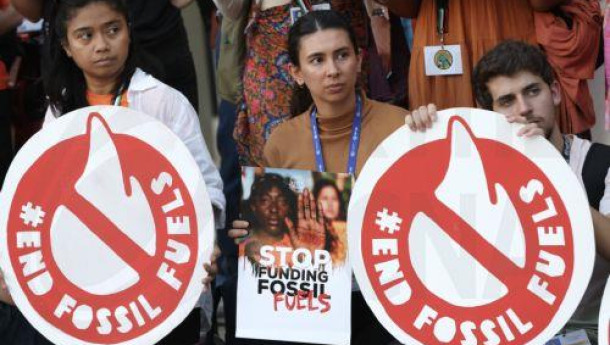
The ratio of fossil fuels in gross available energy increased slightly both in the EU and in Cyprus in 2022, a trend which signified a small increase in Europe’s reliance on fossil fuels for its overall energy supply, according to data released by Eurostat, the statistical service of the European Union.
The year 2022 was the first full calendar year after major restrictions related to COVID-19 were lifted, and was also marked by the Russian invasion of Ukraine and price spikes of various energy commodities.
Furthermore, 2022 brought a decrease in nuclear power production. Even if renewable energy sources have increased, this was not enough to compensate for the decrease in nuclear energy.
In 2022, the EU’s reliance on fossil fuels for its overall energy supply stood at 70.9%, as illustrated by the ratio of fossil fuels in gross available energy (the total energy demand of a country or region). This is a slight increase from the levels in 2021, when it stood at 69.9%.
In Cyprus, the percentage of fossil fuels in gross available energy increased slightly from 88.8% in 2021 to 89.3% in 2022.
This percentage decreased significantly over the last decades. Since 1990, the first year for which data are available, it dropped by around 11.5 percentage points (pp) in the EU and by about 10.3 pp in Cyprus, mostly due to the increase in renewable energy.
In 2022, Malta (96.1%) remained the EU country with the highest share of fossil fuels in gross available energy, followed by Cyprus (89.3%) and the Netherlands (87.6%).
Most of the other EU countries had shares between 50% and 85%. Only Sweden (30.4%) and Finland (38.3%) had shares below 50%.
Compared with 2021, in 2022, the largest, yet rather small, decreases in the share of fossil fuels in gross available energy were in Latvia (-3.7 pp), Slovakia (-2.1 pp), and Hungary (-1.9 pp).
The largest increases were in Estonia (+4.2 pp), France (+2.9 pp), and Bulgaria (2.8 pp).
In Cyprus there was a small increase of about 0.7 percentage points from 2021 to 2022.













 3287.99
3287.99 1275.09
1275.09
